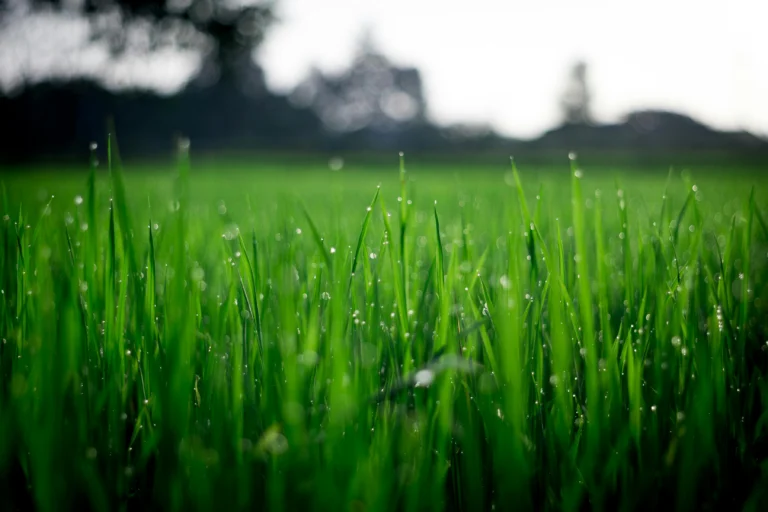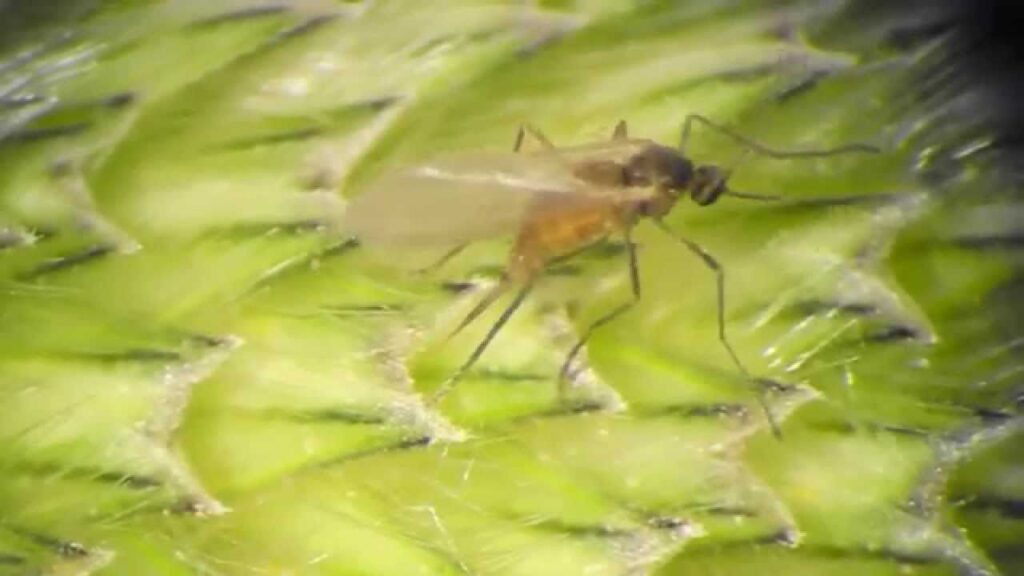Call now for an exclusive offer!
(561)749-0166

It’s never been easier to have reliable pest control. Call today to lock in your savings. Time is running out!
Call 561-833-7375 or fill out the form below to be contacted by one of our specialists!
Opt into our text messaging platform to begin your program and schedule with us today!

Signs of a Hibiscus Gall Midge infestation include:
How to Inspect:
Hibiscus Gall Midge thrives in warm climates, with populations peaking during warmer months.
To effectively manage a Hibiscus Gall Midge infestation: